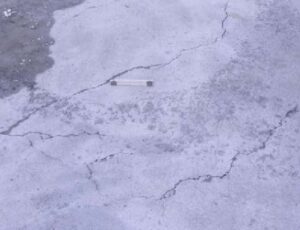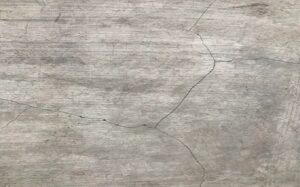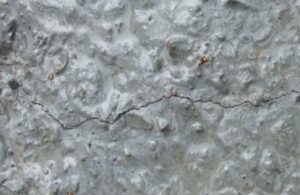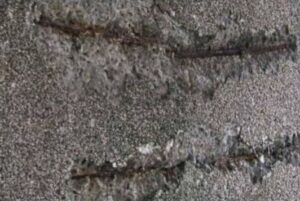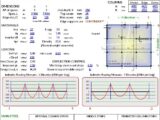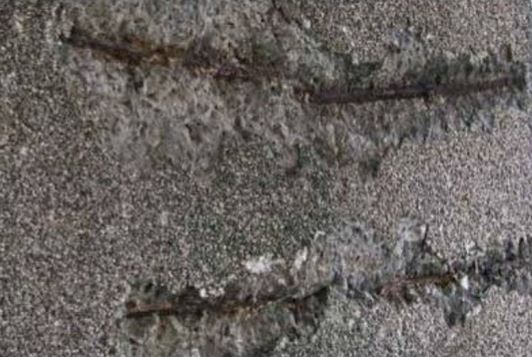
All about Shrinkage Cracks in Concrete – Types and Causes of Shrinkage Cracks
3 July 2021Table of Contents
All about Shrinkage Cracks in Concrete – Types and Causes of Shrinkage Cracks
The shrinkage in concrete can be defined as the volume changes observed in concrete due to the loss of moisture at different stages due to different reasons.
Types of Shrinkage in Concrete:
The shrinkages can be classified into the following:
- Plastic Shrinkage
- Drying Shrinkage
- Antogenous Shrinkage
- Carbonation Shrinkage
Plastic Shrinkage in Concrete
The water required for concrete strength gain is escaped into the atmosphere due to the process of evaporation, from the surface of the structure, creating cracks on the surface of the structure.
Another reason for shrinkage cracks under plastic shrinkage type is due to the water absorption from the concrete by the aggregate.
Plastic Shrinkage in Concrete
In the case of floors and the pavements, where the surface area is exposed to drying in a large extent compared to the depth when are subjected to the sun and the drying wind, the surface dries very quickly causing plastic shrinkage.
In the case of a mix design where the water cement ratio is high, there is the possibility of excess water pathways causing bleeding. This excess water due to bleeding will accumulate at the surface of the slabs. When these are exposed to dry weather conditions, the surface dries up and collapse creating cracks.
Prevention of Plastic Shrinkage:
- The escape of water from the surface can be prevented by covering the surface with the help of polyethylene sheeting. Prevention of water evaporation will prevent plastic shrinkage.
- Proper vibration of the concrete can prevent plastic shrinkage.
- Plastic shrinkage in concrete structures can be reduced by use of aluminium powder.
- The use of expansive cement can also help in the control of plastic shrinkage.
Drying Shrinkage
Drying shrinkage is caused by the loss of surface-absorbed water from the calcium silicate hydrate (C-S-H) gel and also due to the loss of hydrostatic tension in the small pores.
Swelling is the opposite phenomenon of shrinkage.
Drying Shrinkage in concrete
This shrinkage is mainly due to the deformation of the paste, though the aggregate stiffness also influences it. It takes place once the concrete has set is called as the drying shrinkage.
Most of the kinds of drying shrinkage take place in the first few months of the concrete structure life.
Autogenous Shrinkage
The water is necessary for the hydration of hydrated cement. This process of water withdrawal from the capillary pores to carry out the hydration of hydrated cement is called as self-desiccation.
The shrinkage dealt with such conservative system can be named as autogenous shrinkage or autogenous volume change.
Autogenous Shrinkage in concrete
This can be largely avoided by keeping the surface of the concrete continuously wet; conventional curing by sealing the surface to prevent evaporation is not enough and water curing is essential. With wet curing, water is drawn into the capillaries and the shrinkage does not occur. Note that autogenous shrinkage is separate from and additional to conventional drying shrinkage, which will start when water curing ceases.
Carbonation Shrinkage:
Carbonation Shrinkage is a decrease in either length or volume of a material(concrete) resulting when carbon dioxide present in the atmosphere reacts in the presence of water with the hydrated cement. Calcium hydroxide gets converted to calcium carbonate and also some other cement compounds are decomposed. Such a complete decomposition of calcium compound in hydrated cement is chemically possible even at the low pressure if carbon dioxide in normal atmosphere. Carbonation penetrates beyond the exposed surface of concrete only very slowly.
Carbonation Shrinkage in concrete
The rate is penetration of carbon dioxide depends also on the moisture content of the concrete and the relative humidity of the ambient medium. Carbonation is accompanied by an increase in weight of the concrete and by shrinkage. Carbonation Shrinkage is probably caused by dissolution of crystals of calcium hydroxide and deposition of calcium carbonate in its place.
Factors affecting Shrinkage:
The main factors affecting shrinkage are listed below:
- Material Selection
- Water cement ratio: Shrinkage is mostly influenced by the water-cement ratio of concrete. It increases with the increases in the water-cement ratio
- Environment conditions : It is one of the major factors that affect the total volume of shrinkage. Shrinkage is mostly occurred due to the drying condition of the atmosphere. It increases with the decrease in the humidity.
- Chemical composition of Cement :The chemical composition of cement used for concrete & mortar also has some effect on shrinkage. Rapid hardening cement has greater shrinkage than Ordinary Portland Cement.
- Aggregates : Aggregates with moisture movement and low elastic modulus cause large shrinkage. The rate of shrinkage generally decreases with the increase of the size of aggregates. It is found that concrete made from sandstone shrinks twice than that of concrete of limestone.
- Type of cement used
- Admixture in concrete : The shrinkage increases with the addition of accelerating admixtures due to the presence of calcium chloride (Cacl2) in it and it can be reduced by lime replacement.
- Size and shape of concrete specimen
- Temperature

